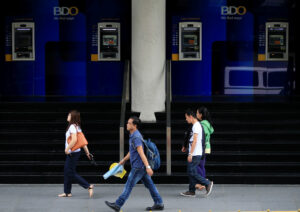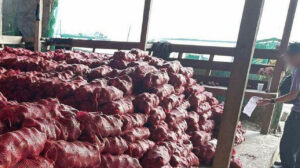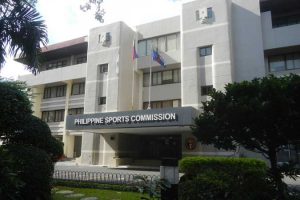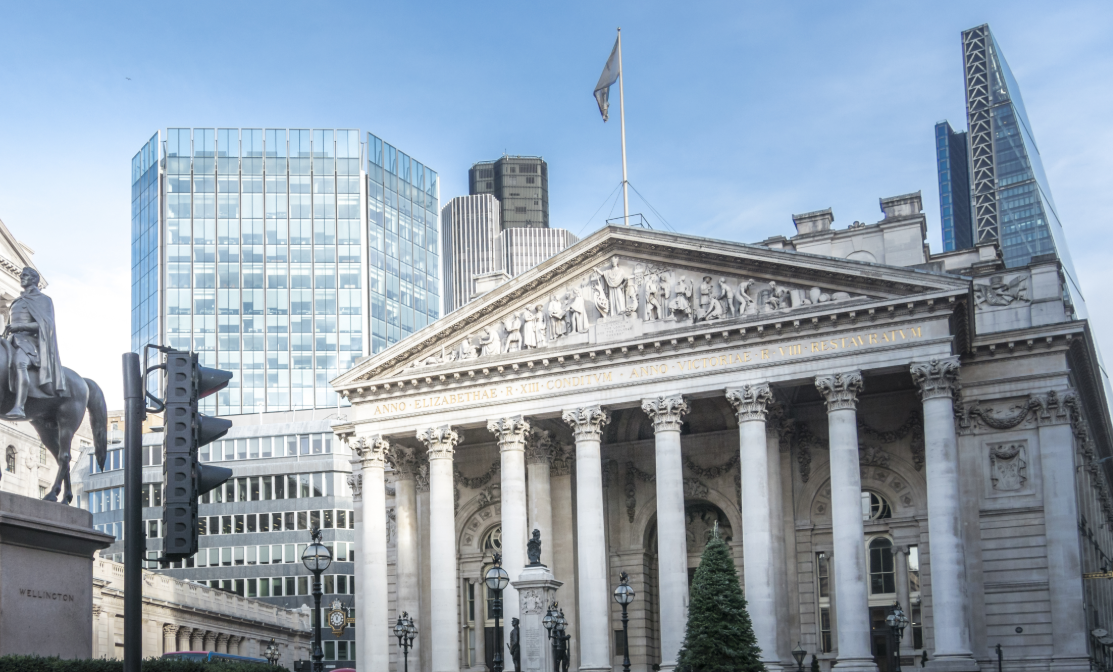Warrior and role model: Lydia de Vega

Like many fans of athletics and track and field in Asia, and the Philippines in particular, we were saddened by the news that Asia’s legendary former sprint queen and fastest woman, Lydia “Diay” de Vega is in critical condition at the Makati Medical Center after brain surgery several days ago. Although her vital signs are stable, according to knowledgeable sources her situation remains iffy and she is under constant monitoring by a team of doctors who are renowned specialists in their respective fields.
Diay was diagnosed with breast cancer as early as 2018. She and her family opted, however, to keep her illness private. I had spoken to her several times and she did not even hint at any difficulty.
Diay appeared at the finals of the 100-meter women’s race at the 2015 Singapore SEA Games to watch and congratulate the winner, Kayla Richardson. The Richardson family and track and field fans were thrilled to see her. She had deservedly become a byword in Philippine sports and gained so much popularity and respect without any need for foreign and local high-powered PR groups, so-called social influencers, and moneyed patrons.
What endeared Diay to fans and media was, first and foremost, her simplicity. She came from modest beginning in Meycauayan, Bulacan. Like most athletics talents in the mid- and late-1970s, Diay emerged from the Palarong Pambansa and was promptly recruited by the Far Eastern University for the UAAP (University Athletic Association of the Philippines). She then became part of Michael Keon’s Gintong Alay program which benefitted from extraordinary government support, Keon being the nephew of strongman Ferdinand Marcos, Sr. The support was fortunately put to good use as the program, which was focused solely on athletics, produced the likes of Reynato “Nonoy” Unso (presently the training director of Philippine Athletics Track and Field Association or PATAFA, and Director of the Federation’s Masters Sports program), Isidro del Prado, Elma Muros, Hector Begeo, and a host of other Asian-level talents.
Diay’s entourage — or what elite athletes or superstars call their “team” — was comprised solely of her father-coach, ex-policeman Tatang de Vega, who hovered 24 hours a day over his pretty and statuesque daughter and stuck to her like a T-shirt. Tatang was her PR, masseur, therapist, and sports psychologist. Later, Claro Pellosis, ex-Olympian Santos Magno, and Australian Anthony Benson joined the team.
For all intents and purposes, Tatang’s word was the law. Veteran sports editors like Lito Tacujan, Jun Engracia, Ernie Gonzalez, Iking Gonzalez, Tony Siddayao, Manolo Iñigo, Gus Villanueva, Tito Tagle, and several other journalists all had anecdotes about how Tatang aggressively managed and controlled Diay’s career.
It will be recalled that Diay excelled in the 100- and 200-meters, both sprint events. She was also doing the long jump, an event to which quite a number of sprinters, like Muros, gravitated. Lost in all the praises for Diay’s victories in the sprints was the fact that she was also a 400-meter runner and privately expressed the desire to specialize in the strength-sapping event that required speed and stamina. Tatang, however, put his foot down on that one and insisted that Diay concentrate on the sprints. Tatang felt, rightly, that the sprints were more high profile and offered more opportunities for possible sponsorship deals, according to the grapevine.
Despite the focus on the sprints, the 400 did play a prominent part in Diay’s career. She bagged a total of 24 medals in international competitions throughout her career, which spanned 14 years, from 1980 to 1994. She retired in 1989 and went back into active competition in 1991. In between those years, Diay got married to Paulo Mercado, then a Meralco engineer.
Fifteen of those 24 medals were gold while six were silver and three bronze. Five of the 24 were from the individual 400-meters and 4 x 400 relays. Diay, now 57, having been born on Dec. 26, 1964, had podium finishes in a wide variety of Asian competitions: Asian Athletics Championships, the Asian Games, and the Southeast Asian Games. She competed in two Summer Olympics: 1984 in Los Angeles and 1988 in Seoul.
Filipino fans first got to know her during the 1981 SEA Games where she won the gold medal in the 100-meters and 400-meters. Diay bagged the gold in the 1982 Asian Games in New Delhi, beating local bet PT Usha. She successfully defended her title as Asia’s fastest woman in 1986 at the Seoul Asian Games with a time of 11.53 seconds. Diay would later clock 11.28 — a record that would stand for more than three decades until Florida-based Filipina, Kristina Knott, would finish first with a time of 11.26 in a meet in the US in 2020. Knott would later break another decades-old record held by Diay in the 200 meters.
Diay accomplished all her record-breaking performances with a modest budget provided by the government and PATAFA. Her expenses did not run into the millions and the only foreign training that she had, if our memory serves us right, was at Mt. San Antonio College in Walnut, California. The training, spiced up by competitions, was for several months, the cost of which certainly did not run into the millions of pesos. Nowadays, the Philippine Sports Commission has received requests for training and competitions running into a mind-boggling sum of more than a quarter of a million pesos. Almost all of these funds will end up in foreign hands and economies.
During her retirement and in recognition of her impact on Philippine sports, we invited Diay to be co-host of a weekly sports program on IBC 13 called Double Team sometime in 2003-2004. The show was on the air for about a year until Diay started preparing for her eventual coaching stint in Singapore in 2005. The show aired on a weekend and taping was on a Wednesday or Thursday evening. Diay’s husband, Paolo, was around during the taping and he patiently waited until it’s end.
Friday, last week we had the honor of organizing a healing Mass for Diay via Facebook, presided by the “Running Priest” Fr. Robert Reyes. The choice couldn’t have been more appropriate. Both are runners: he is into semi marathons for physical fitness and she is into sprints at the international level. He was parish priest in Project 4, Quezon City, when Diay’s second child, John Michael, was run over in 2001 by a passenger jeep outside their home. John Michael would have been 25 today had he lived. His mother also served as an elected Councilor of Meycauayan.
Fr. Robert lifted up Diay and her family in prayer and exhorted everyone to “run the race towards one’s earthly goals at the same time as one runs the race to our heavenly destination.” He added, “One cannot leave the race for heaven behind because one is so preoccupied with the race for one’s earthly goals.” He praised Diay for serving as an inspiration to a country in bad need of role models.
Prayers continue for Diay’s well-being. A fundraising project called “Heal Warrior Diay” has been launched.
Philip Ella Juico’s areas of interest include the protection and promotion of democracy, free markets, sustainable development, social responsibility and sports as a tool for social development. He obtained his doctorate in business at De La Salle University. Dr. Juico served as secretary of Agrarian Reform during the Corazon C. Aquino administration.




